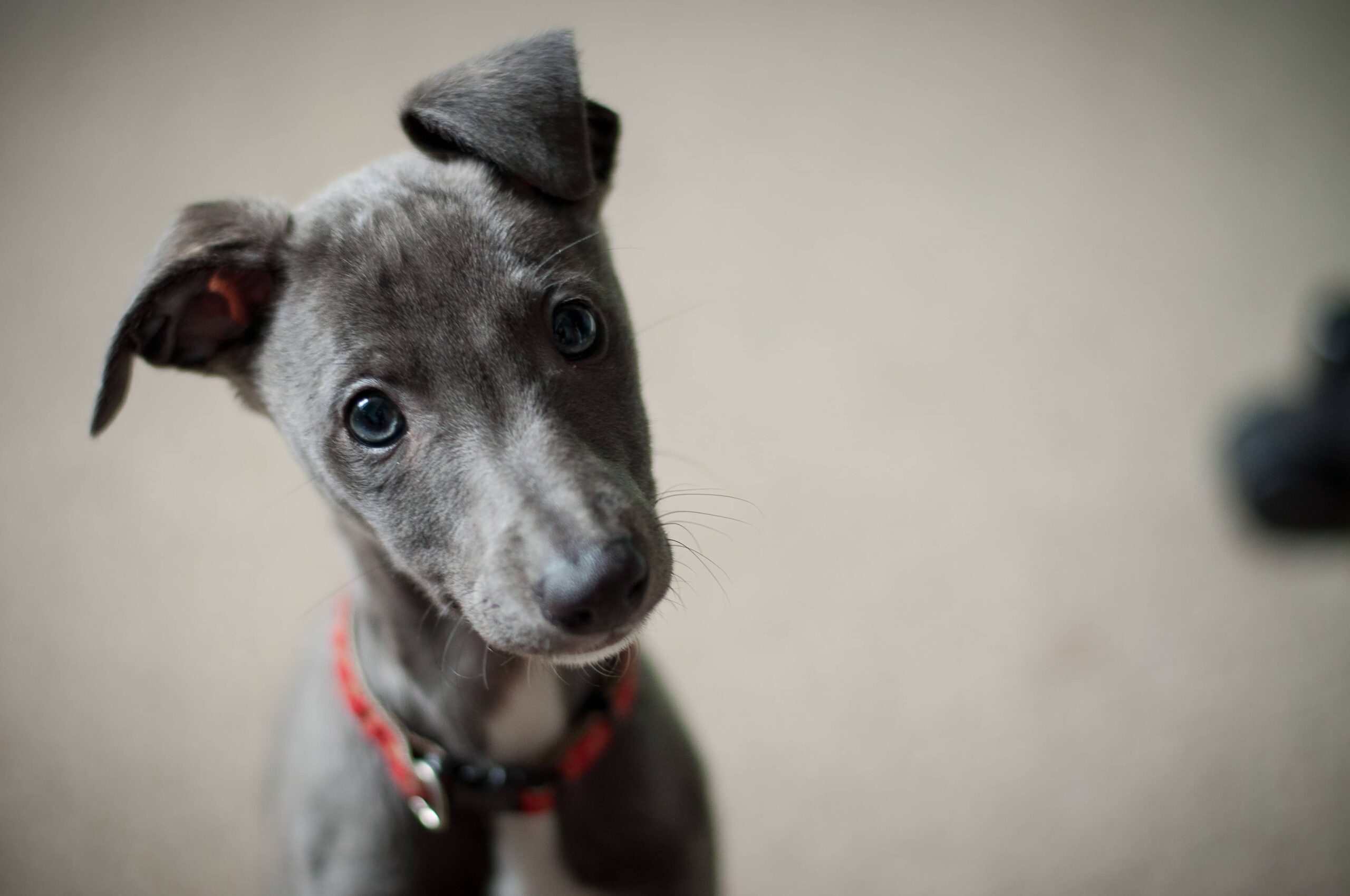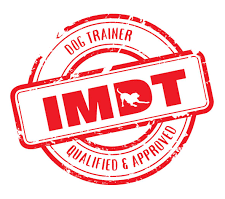Dogs are sensitive, emotional creatures. But they often perceive the world differently than we do. Fox poop and sniffing each others genitals may be delightful, while a full bin bag in front of the neighbours house post may be suspicious and the friendly postman outright dangerous. Some dogs find it hard to cope with the most common life situations, like new places, people visiting their home, seeing other dogs, being approached by a stranger or being near a busy road.
These dogs have one overwhelming need, that in that moment is more important than treats, toys, or praise. This need is safety. Imagine that you are lost alone in an empty quiet town street in a dodgy neighbourhood, late at night. Suddenly you hear footsteps behind you, echoing in the dark. You see two men behind you. You change direction and the men still follow. You speed up and they speed up. You feel your heart in your throat, you’re sweating and your breathing is fast and shallow. Suddenly you start to run and the men behind you break into a run as well. As you run, you notice a five pound note on the ground. You pass a poster on the wall with a very attractive person. There is a red light on the pedestrian crossing. Chances are, that when you are in this state of mind, you will run past the fiver and almost any other thing that would otherwise be valuable. Even though you would normally obey the red light on the pedestrian crossing, you will race across in this case, because your priorities are different.
Our fearful and anxious dogs can experience this in many situations that we consider “normal”. Moreover, when moving away or hiding from the situation is not an option (they are on a lead or in a confined space), the only other option is to put up a threatening display, to try to make the scary things move away. It’s not something they are doing with a level mind and clear intent, it’s just an immediate survival response.
Changing a behaviour rooted in fear requires a lot of patience, commitment and a good plan.
The plan should include both the training programme and all necessary management and control measures to keep everyone safe and to minimise the repetition of the undesirable behaviour.
A well designed training programme should match your lifestyle and reflect your dogs needs as well as yours, with a clear end goal and progression levels, or mini goals.
Once you have a good plan, you need is the skills to put that plan in place. A continued support and coaching will help you progress faster and troubleshoot along the way. A support network with family, friends and neighbours, all on the same page, can be a massive help. As a carer of a reactive dogs, you may have found yourself increasingly isolated, so being able to speak to others with a similar experience can show you that you are not alone. Because you are not. You don’t see other dogs with similar reactions often, because just like you, they are all hiding and avoiding chaos!
In this video, you can see how we work with anxious dogs here at Royvon.
Instead of worrying about all the things that you may have done wrong, thinking up unimaginable abuse that the rescue dog may have experienced in the past, arguing with the family and feeling guilty, embarrassed or frustrated, find out what you can do to help your dog cope better. Focus on the solutions, focus on what you would like your dog to do and how you would like your dog to feel instead of what they are doing and feeling now. Make an effort to understand your dog. Right now, in this moment you can start building back the trust and look forward to having fun and adventures you never even thought possible. Yes, it will take time. Yes, it will take an effort. Yes, you will have to be involved, hands on, 100% there for your dog. But it’s worth it, and if you take one small step at a time, it will be easier than you think.
We can support you in a variety of ways. Right now we are launching a new project: the behaviour clinic. This is a group session with the aim to help with minor behaviour problems. Each owner and dog takes turns working directly with the trainer, while others can watch and pick up useful tips and advice. Only one dog is working at a time, so your dog would have to be comfortable resting in your car between turns. You get to meet our trainers, ask questions, and find out how to start your journey to having a confident, happy and well mannered dog.





Leave A Comment